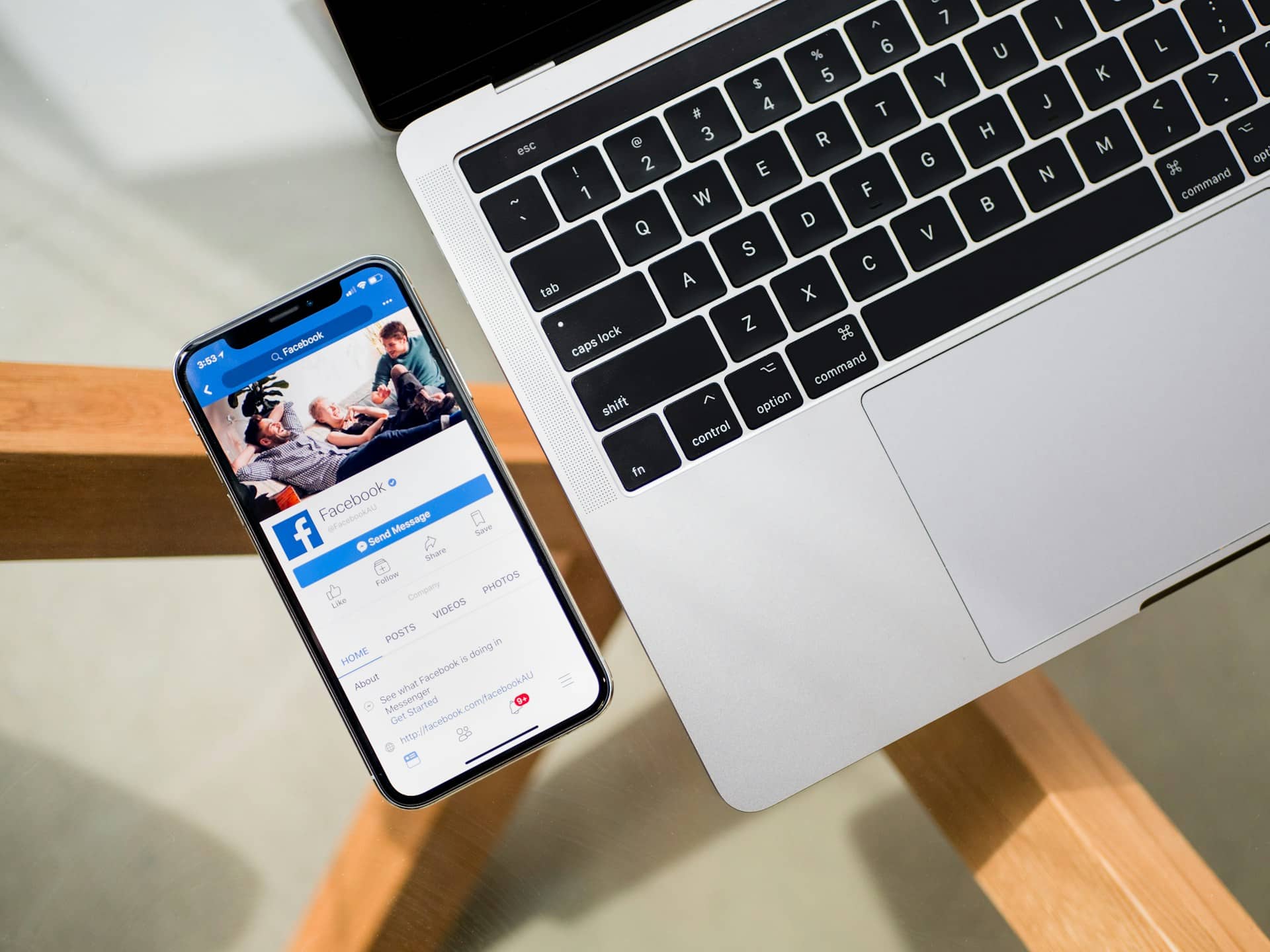What are the steps to develop a user-friendly mobile app for UK’s public services?

In an era where digital solutions streamline our daily lives, the development of user-friendly mobile applications for public services is essential. Governments around the world, including the UK, are increasingly embracing this tech evolution. Mobile apps bring accessibility to government services directly to our fingertips, transforming how we interact with public sector bodies. But what does it take to develop a mobile app that is both effective and user-friendly for UK public services? Let’s explore the essential steps involved in this process.
Understanding the User Needs
Developing an effective mobile app begins with a deep understanding of the user needs. This involves researching how citizens interact with existing public services and identifying the challenges they face.
A découvrir également : Instant flow: streamline your prospecting on instagram & facebook
Conducting User Research
User research forms the backbone of app development. Surveys, focus groups, and interviews with various demographics can provide invaluable insights. Consider the diverse user base, including those with disabilities. By involving the users early in the process, you can ensure the app meets real needs rather than presumed ones.
Identifying Pain Points
Every public service has its unique set of challenges. For instance, accessing government services can often involve lengthy paperwork and waiting periods. Identify these pain points and think about how a mobile application could provide solutions.
A lire en complément : How to create a virtual reality experience for UK’s historical sites?
User Stories and Personas
Creating user stories and personas helps to visualise the different types of users and their journeys within the app. This step ensures that the app’s functionality aligns with the needs and behaviours of its intended audience.
Designing for Accessibility and Inclusivity
In the UK, the government mandates web accessibility standards, ensuring that digital services are accessible to everyone, including people with disabilities. Designing for accessibility is not just a legal requirement but also a crucial step in creating a user-friendly mobile app.
Adhering to WCAG Guidelines
The Web Content Accessibility Guidelines (WCAG) set the standard for web and mobile app accessibility. These guidelines aim to make content more accessible to people with a wide range of disabilities. Adhering to WCAG ensures your app is inclusive and usable by all citizens.
Incorporating Assistive Technologies
Modern mobile devices come equipped with various assistive technologies such as screen readers and voice commands. Ensure your app is compatible with these technologies. For example, making sure that all content is readable by screen readers can significantly enhance the user experience for visually impaired users.
Consistent and Intuitive Design
Design consistency is key. Use a simple and intuitive design language that users can easily understand. This includes clear navigation, readable fonts, and contrasting colours. A user-friendly design ensures users of all abilities can navigate and use the app with ease.
Developing with Best Practices
Once the design phase is complete, it’s time to move into development. Here, following best practices ensures that the app is robust, secure, and scalable.
Choosing the Right Platform
Decide whether to develop a native app for iOS and Android or a cross-platform application. Native apps offer better performance and a more seamless user experience but can be costly to develop for both platforms. Cross-platform development is cost-effective but may not provide the same performance levels.
Prioritizing Security
Security should be a top priority, especially when dealing with sensitive user data. Implement strong authentication protocols, data encryption, and regular security audits to protect user information. Government mobile apps should comply with the General Data Protection Regulation (GDPR), ensuring data privacy and security.
Agile Development
Using an agile development approach allows for iterative progress and continuous user feedback. This method helps in adapting to changing requirements and ensures that the app evolves with user needs.
Ensuring Continuous User Feedback
A user-friendly mobile app is not a one-time project but an ongoing process. Collecting and incorporating user feedback continually can help improve and refine the app.
Beta Testing
Before the official launch, conduct beta testing with a small group of users. This group can provide crucial feedback on the app’s functionality, design, and usability. Addressing their feedback before the public release can significantly enhance the user experience.
User Reviews and Ratings
Post-launch, monitor user reviews and ratings on app stores and other platforms. These reviews offer real-world insights into what users like and dislike about the app. Regularly updating the app to address these concerns will help maintain a high level of user satisfaction.
Analytics and User Behavior
Using analytics tools to monitor user behavior within the app can provide data-driven insights. Understanding how users navigate the app, which features are most used, and where they face difficulties enables continuous improvement.
Collaborating with Public Sector Bodies
Developing a successful government mobile app involves collaboration with various public sector bodies. These collaborations ensure that the app aligns with the specific needs of the services it aims to digitalize.
Engaging with Government Agencies
Work closely with government agencies to understand their processes and requirements. These agencies can provide the necessary resources and information to ensure that the app integrates seamlessly with existing government services.
Involving Service Providers
Service providers play a crucial role in the app’s ecosystem. Engage with these providers to ensure that their services can be accessed efficiently through the app. This step is essential for providing a comprehensive digital experience.
Compliance and Legal Considerations
Ensure that the app complies with all relevant legal and regulatory requirements. This includes not only web accessibility standards but also data protection laws and other government regulations. Non-compliance can lead to legal issues and negatively impact user trust.
Developing a user-friendly mobile app for UK’s public services is a multi-faceted process that requires thorough planning, user-centric design, and continuous improvement. By understanding user needs, designing for accessibility, following best practices in development, collecting user feedback, and collaborating with public sector bodies, you can create an app that significantly enhances the public’s interaction with government services.
In today's digital age, a well-designed mobile app can transform how citizens engage with public services, making them more accessible, efficient, and user-friendly. As you embark on this journey, remember that the ultimate goal is to create a seamless and inclusive digital experience for all users.
